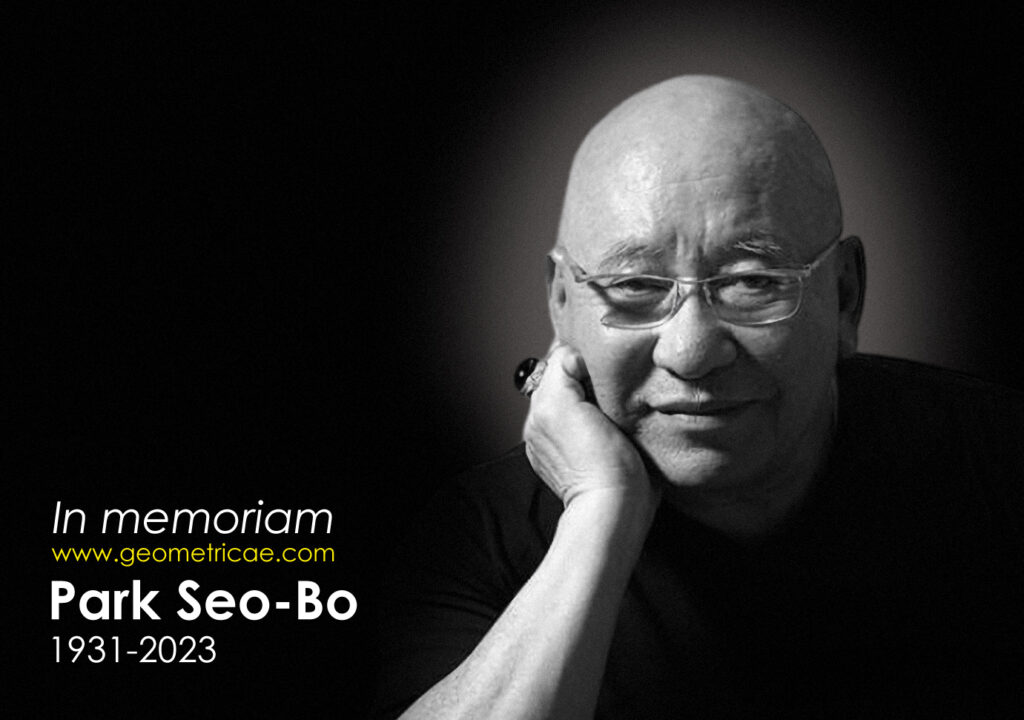 Park Seo-Bo | Yecheon | Korea | 1931-2023
Park Seo-Bo | Yecheon | Korea | 1931-2023
Park Seo-Bo has been a renowned South Korean painter who left an indelible mark on the world of art. He is celebrated for his exceptional contributions to the Dansaekhwa movement and his groundbreaking “Écriture” series, which he began in 1967. Park’s life and work are marked by a journey of artistic exploration, activism, and mentorship.
Born on November 15, 1931, in Yecheon County, during the era of Japanese occupation in South Korea, Park grew up in a tumultuous period marked by colonial rule and the Korean War. These early experiences significantly influenced his art. After surviving the war, he pursued his passion for art against his father’s wishes, attending Hongik University and studying under prominent artist Yi Eungro.
During the 1950s, Park’s involvement in the art world was marked by his defiance of the establishment, as he criticized the National Art Exhibition and joined the Contemporary Artists Association in 1957. This marked the beginning of his involvement in the Korean Art Informel movement, which challenged existing notions of painting through abstract, textural, and material experimentation.
As an art critic and through opportunities to travel abroad, Park actively advocated for Korean contemporary art on a global scale. His mentorship at Hongik University, curation of avant-garde exhibitions, and work at the Korean Fine Arts Association played pivotal roles in shaping the careers of subsequent generations of Korean artists.
In 1994, Park founded the Seo-bo Art and Cultural Foundation, which continued his legacy by promoting and supporting contemporary art in South Korea. His contributions to the art world were acknowledged with retrospectives at the National Museum of Modern and Contemporary Art, Korea (MMCA) in 1991 and 2019. Additionally, two museums dedicated to his work are currently under construction.
Park’s artistic journey was characterized by several significant series, starting with “Primordialis” and “Hereditarius.” However, it was his “Écriture” series, which featured layered canvases with lines drawn from top left to bottom right, that garnered the most attention. This series, marked by an emphasis on process and a minimalist approach, reflected Park’s deep connection to nature and his roots in traditional Korean art.
Park Seo-bo’s work was highly regarded by critics, with some drawing parallels to Western artists like Cy Twombly and Jasper Johns. His approach to art as a form of self-expression and his unique use of materials set him apart as a visionary in the world of contemporary art.
Park Seo-bo’s influence on the art world extended far beyond his own creations. He played a crucial role in shaping the Dansaekhwa movement and nurturing emerging artists in South Korea. His passing on October 14, 2023, marked the end of an era, but his legacy as a visionary artist and advocate for contemporary Korean art lives on in the hearts of those he inspired and the institutions he helped establish.